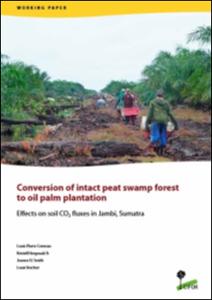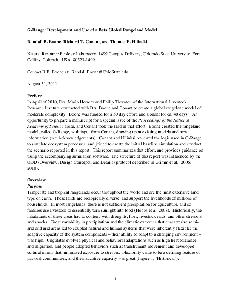Agricultural technology and forests: a recapitulation
This chapter summarises the key insights from the case studies included in the book. First, it discusses the technology-deforestation link in six different types of cases: developed countries, commodity booms, shifting cultivation, permanent upland (rainfed) agriculture, irrigated (lowland) agriculture, and cattle production. Next, it returns to the hypotheses presented in the book, and discusses the key conditioning factors in the technology-deforestation link. A number of factors determine the outcome.







